A great way of expressing one’s style is through the use of color, but nowadays, many are more inclined to minimalist and monochromatic looks. So, today, we’ll discuss the history of color in menswear garments and ensembles, and eight reasons why men seem to have stopped wearing it.
- The History of Color in Menswear
- Reasons Why Men Stop Wearing Color
- 1. Color is no longer a mark of distinction.
- 2. Negative associations with loud or bold colors.
- 3. Negative associations with colors generally.
- 4. Corporate and political culture.
- 5. The popularity of minimalism.
- 6. The popularity of monochromatic looks.
- 7. Plain colors are considered easy and safe.
- 8. Contemporary men don’t know how.
- Why We Still Love Color in Menswear
- Conclusion
- Outfit Rundown
The History of Color in Menswear
Monochromatic, neutral, and minimalist styles have been all the rage in menswear for the past decade or so, but looking further back in history, this definitely wasn’t always the case. So, today, we’ll cover where all of the color seems to have gone in menswear, and why most men today seem to stick to black, white, gray, blue, and brown for their ensembles.
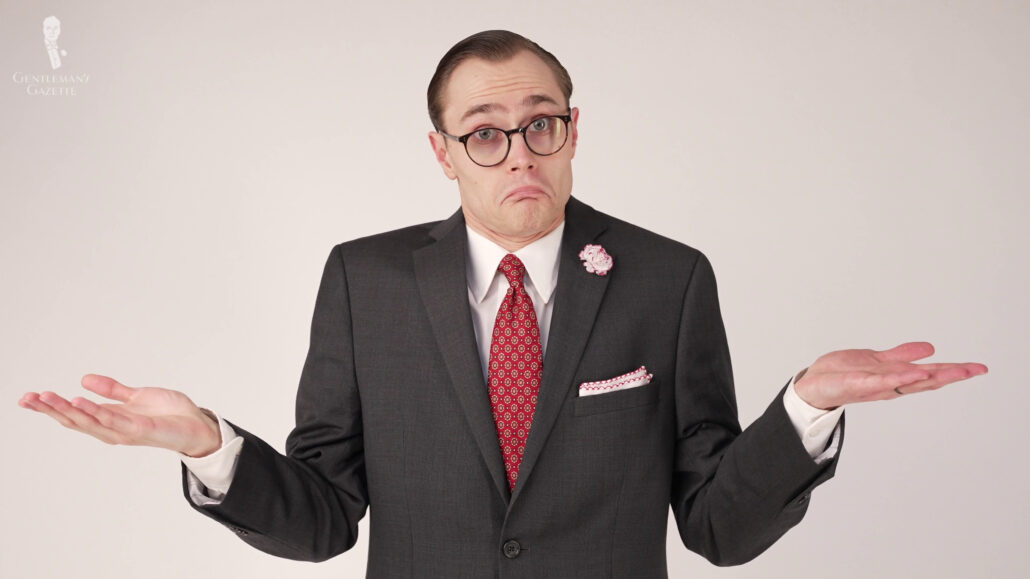
Somewhat ironically, given this post’s title, color has actually been one of the defining elements in menswear throughout most of history. With some exceptions, it’s been the easiest way for men to communicate their wealth, class, and status with one another. As an example here, purple and royal blue dyes used to be extremely expensive to make.
Dating back to ancient Rome, these dyes were used exclusively by the elites, and elements of this practice can still be seen today as the royal blue sash is still associated with the British Royal Family. In fact, these colors were so associated with royalty that in the Pre-modern Era, civilians could be jailed or even executed for wearing them.
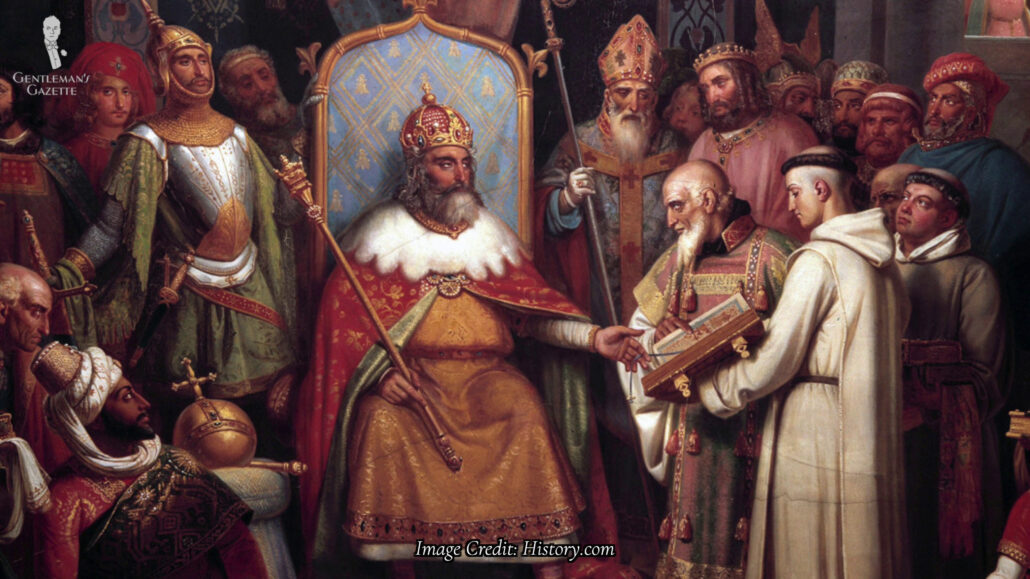
In Western civilizations, color as a signifier was especially noticeable during the Medieval Era. Clothing was extremely labor-intensive and time-consuming back then, meaning that most people couldn’t afford to have many outfits. White garments were also hard to keep clean, especially when most of the population was engaged in agricultural pursuits or other forms of heavy manual labor.
Meanwhile, the aristocrats and royalty within the courts would wear elaborate and colorful outfits to distinguish themselves from the commoners. This practice continued through the Renaissance Era, all the way up to the 18th century, as fops and dandies looked to the Royal Courts for inspiration on what to wear. The upper classes loved their pageantry during the Enlightenment Era of the 17th and 18th centuries, and they would often use color to one-up their peers or even find suitors at events.
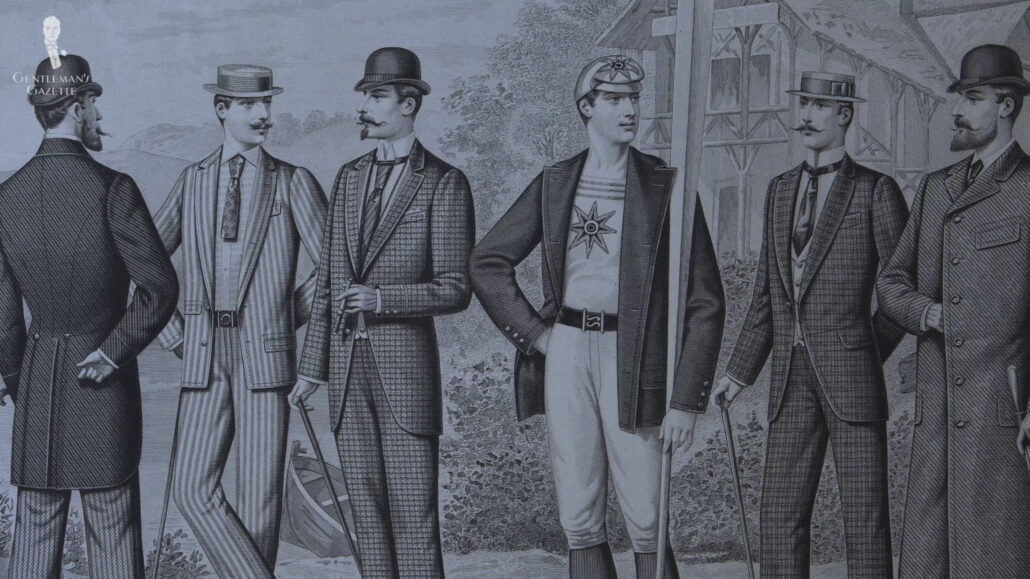
During the 19th century though, things would begin to change radically. Darker, more somber colors came to be favored; both because of the influence of menswear icons like Beau Brummell and also the dirty environments that many men were working in with the advent of the Industrial Revolution. Soon, both everyday civilians and the higher courts began wearing these darker colors, and this new approach to style continued into the Victorian Era.
Following the death of her husband, Queen Victoria wore black in mourning for the remaining 40 years of her life and, as is so often the case with clothing, the general public followed suit – quite literally. However, even though color was used more sparingly at this time, most men did still incorporate some color into their outfits as a way to show a bit of personality.
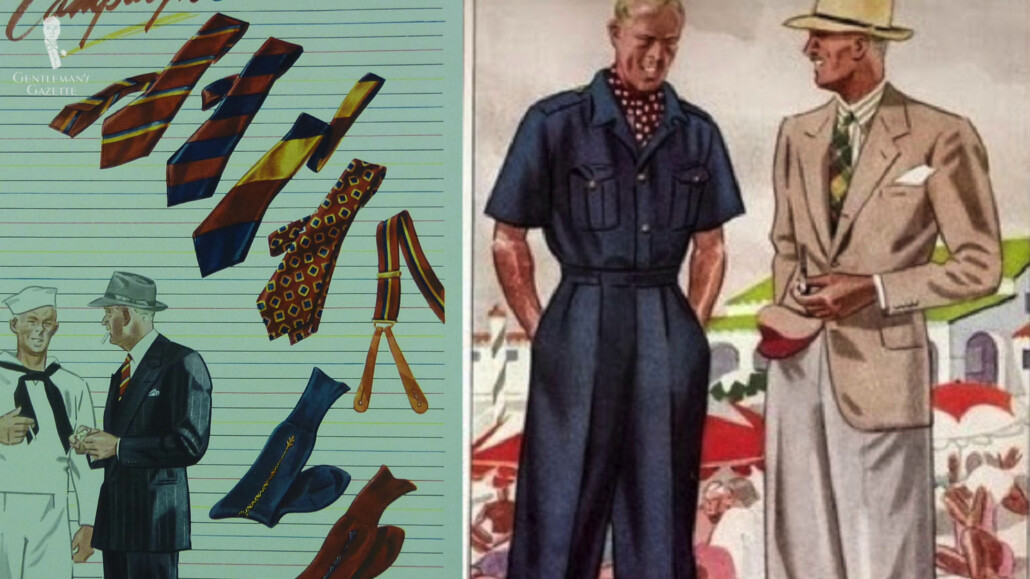
Fast forward a few decades to the Golden Age of Menswear, and this philosophy was still very much in effect. Despite the fact that mass production as we know it today hadn’t really kicked into high gear quite yet, and thus, most men still only owned a handful of suits and sport coats, they were still able to inject plenty of color into their ensembles through things like accessories – ties, socks, and others. Colorful neckties, bow ties, and ascots would be used to draw attention toward the face, and men also put more attention toward their socks and gloves than most do today and incorporated many different colors and patterns into each.
By the way, we’ve taken cues from the colors and patterns used during the Golden Age to craft our Fort Belvedere accessories, and you can take a look at them in our shop.
Meanwhile, shirts were much more affordable than suits and sport jackets, which meant men had even more opportunities to inject some color into their wardrobes here. And overcoats had more vibrant patterns and colors than they do today, as well as Raphael explains more in another guide.
Men’s Overcoats – A Tour of My Winter Coat Collection & Wardrobe
Of course, those who could afford to have more elaborate suits would often take the opportunity to use them as statement pieces, continuing the historical tradition of using color and pattern as a marker of status.
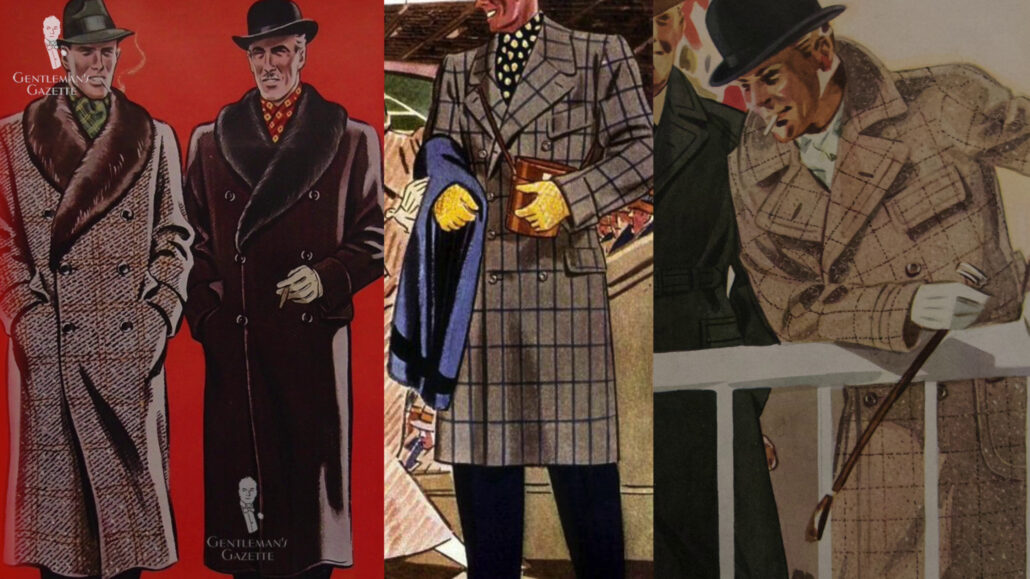
This also exemplified the idea of American Prosperity during this era, and a subculture of dandies, who wanted to promote this lavish lifestyle, formed. As we moved into the 1960s and 70s, colors and patterns went into overdrive; with some examples aging better than others. But, beginning in the late-20th century and up until more or less today, we’ve seen a desaturation through most of menswear with monochromatic looks being on Vogue instead.
Reasons Why Men Stop Wearing Color
Color seems to have gone out of ensembles over this period of time, and we’ve identified eight reasons why we think this has been the case.
1. Color is no longer a mark of distinction.
First up on our list of reasons why men have stopped wearing color then is that it really doesn’t serve as a mark of distinction like it once did.
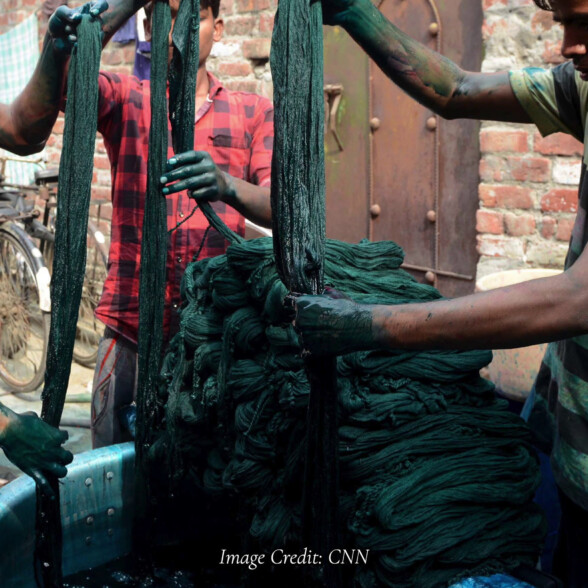
Accessibility
Unlike in ancient times, garment colors are now more accessible through dyeing and synthetic processing. With these advancements, clothing based on color alone is no longer considered rare or expensive.
[Image Credit: CNN]
As the technology and methodology around dye manufacturing have continued to improve, colors that were once difficult to make are now much more accessible. For example, that expensive purple dye we mentioned earlier used to be made from extracts of thousands of rare snails called “murex.”
Today, though, it can be cheaply and synthetically made in a lab. With these production advancements then, clothing based on color alone is no longer considered rare or expensive. When royalty and commoners alike can both afford a purple garment, color loses its celebrity appeal and is no longer a marker of status.
2. Negative associations with loud or bold colors.
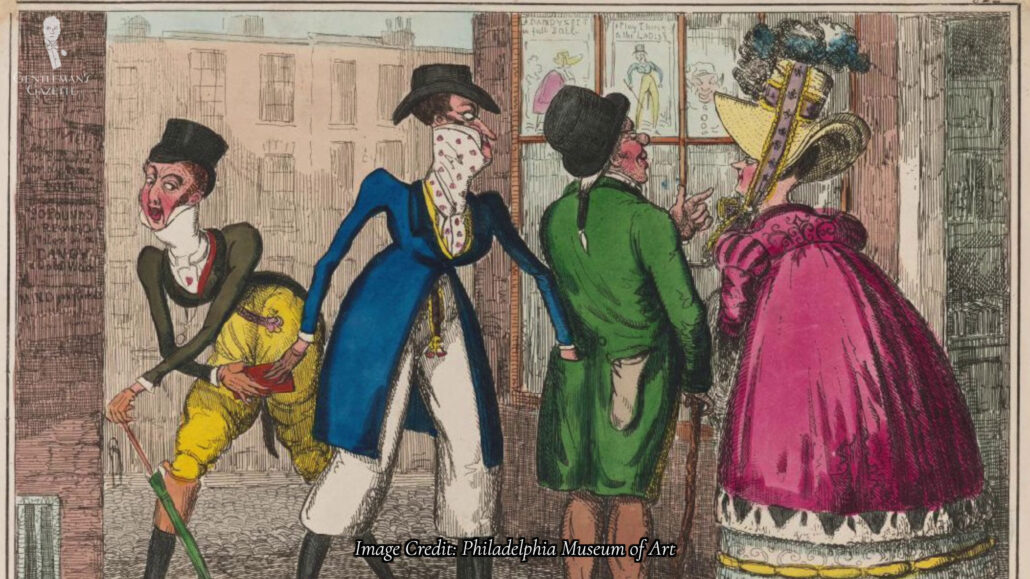
Given the close historical associations between colored clothing and class, perhaps it shouldn’t be a surprise that color has faded a bit as society has become more egalitarian. Those who wear a lot of color might be seen as flashy or desperate for attention, similar to the fops and dandies of yesteryear.
This stigma against decadence is perhaps best showcased in the novel The Great Gatsby when Tom Buchanan comments on Gatsby’s infamous pink suit.
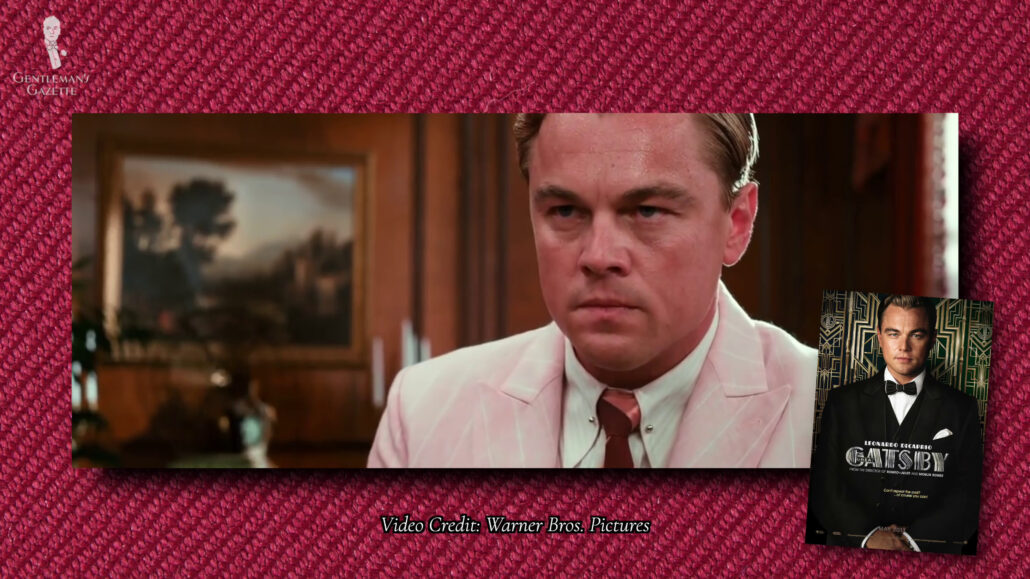
A bit ironic here, pink was actually a color more closely associated with the working classes at that time, but still, the point stands that some people were ready to chastise others just for wearing certain colors or too many of them. And because some of the worst excesses of the Peacock Revolution of the 60s and 70s tended to incorporate quite a bit of color, those styles being frowned upon through the cyclical nature of fashion meant that the colors themselves got a negative reputation by association.
This has led some to think that the incorporation of any color into an outfit, even when it’s relatively subtle, is still bold or excessive.
3. Negative associations with colors generally.
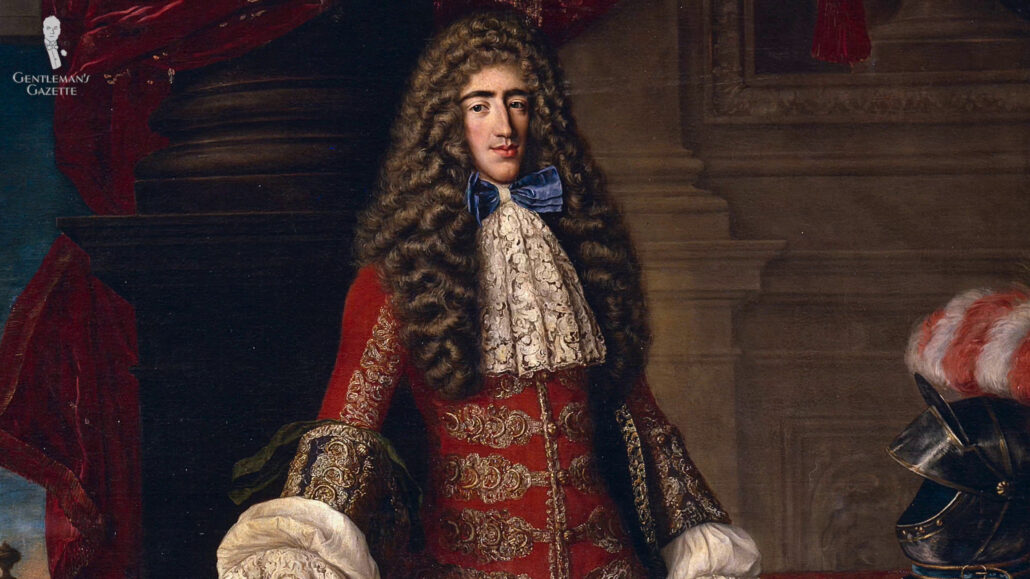
Throughout most of history, men were typically the ones who wore more bold and flashy colors, while women were expected to be more plain and subdued. However, ever since the Victorian Era or so, this social norm has flip-flopped to a great extent.
For much of recent history then, colorful outfits came to be seen as unmanly and this point of view really started to calcify around the 1950s. If we look at advertisements of the time, Lucky Strike was advertising cigarettes for women with pink coloring, and ads like these led to a strong association between pink and femininity.
This viewpoint was also backed up by other forms of media, with men who wore color either being the butt of the joke – as Homer Simpson was when he wore a pink shirt to work – or with men who wore excessive amounts of color being villains. Of course, there are also other reasons for villains being colorful, such as many of them being in forms of media that were intended for children and needed to be attention grabbing, but the point still stands.
4. Corporate and political culture.
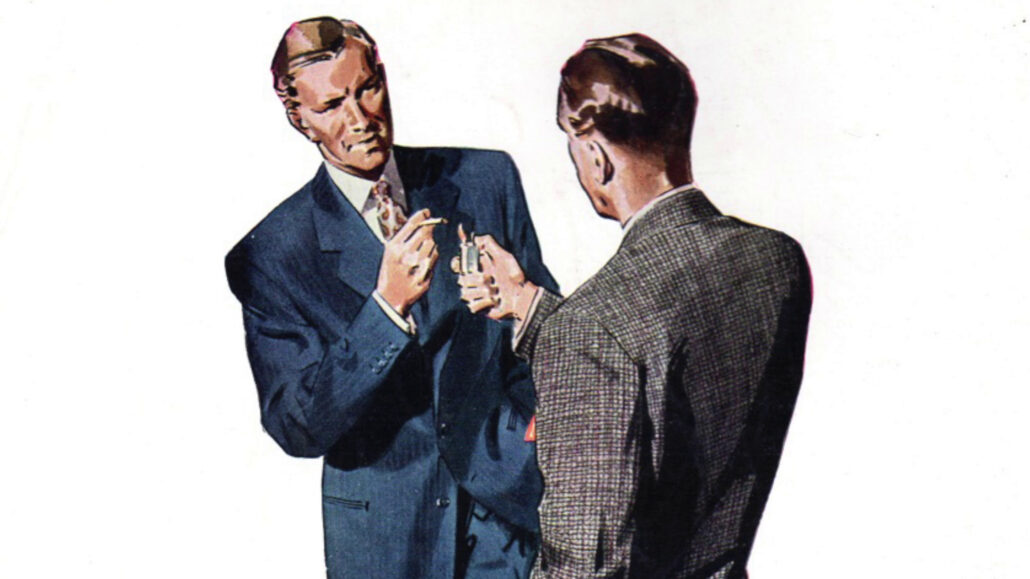
As society became less colorful in the second half of the 20th century, politicians who wanted to relate more to the masses became less colorful in their clothing choices as a result. And when politicians in the Modern Era have dared to step outside of this box, they’re often quickly chastised. Both Ronald Reagan and Barack Obama were criticized harshly for wearing brown and tan suits, respectively.
This mentality also bled into corporate culture with businesses that wanted to institute a more formal workplace, leaning on their employees to dress in a more muted, subtle fashion. The idea here was to create a culture of moderation, seriousness, and trustworthiness, and some might even go so far as to say that it cultivated “good puritan values.”
Some businesses today have even carried these ideas forward with some law firms, for instance, only allowing their lawyers to wear black dress shoes in court.
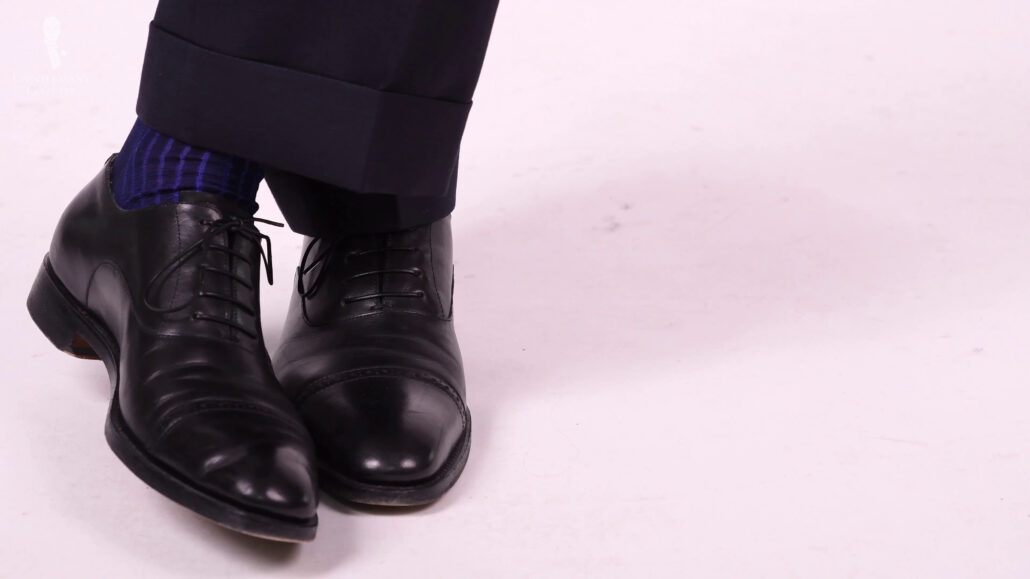
Essentially, this workday dress of dull outfits could be seen as a parallel to what happened earlier in the Victorian era; that is to say, the authority set the tone, and the people followed. If those in charge were wearing dark and somber outfits, then one way to gain their favor would be to dress similarly.
This, of course, resulted in a corporate dress code that was, in a word, boring.
5. The popularity of minimalism.
This overall lifestyle philosophy has bled heavily into the world of menswear, as we’ve discussed previously in here. Since it’s confined almost exclusively to grayscale or other neutral tones, minimalistic clothing is easy to pair and seen as a safe choice by most. Meanwhile, to pull off cohesive outfits that do incorporate color, you need at least a basic understanding of color theory, which, by the way, you can get here.
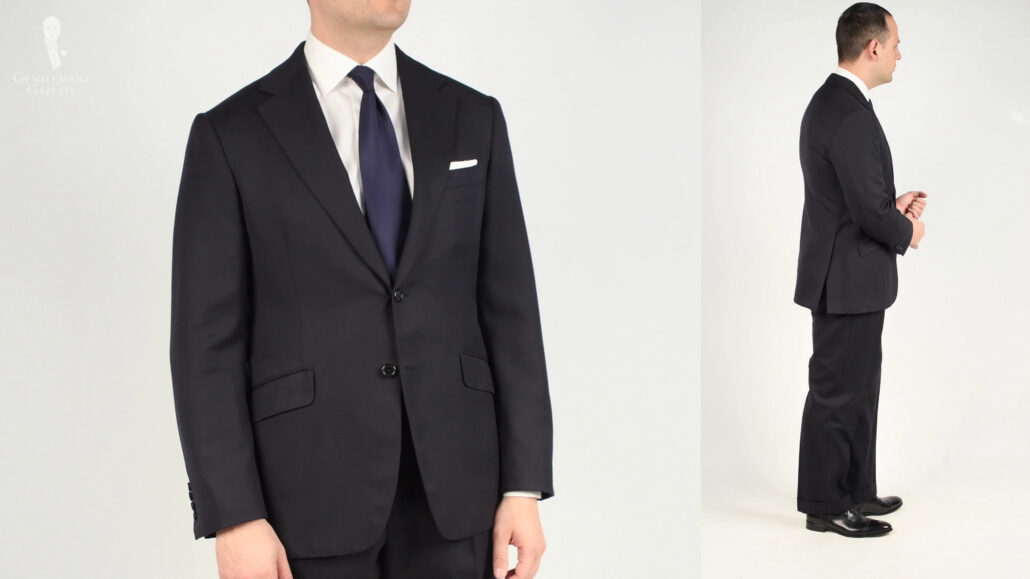
People from George Clooney to Mark Zuckerberg have adopted monochromaticism and minimalism as their mode of dress, making these choices even more popular to the masses. So, similarly to corporate dressing again, here, we’re mimicking the styles of those with status. Though here, it’s less about dressing to impress the boss and more about emulating the style of a figure you admire.
6. The popularity of monochromatic looks.
Taking the minimalist philosophy we just talked about to its extreme, one trend that has been popular from time to time and is again popular today is to create monochromatic outfits. However, not only can it be expensive to create an entire outfit whose color matches perfectly, but it can also be difficult to then break these items up and use them in other outfits. And while it can be done well – with a particularly good example being the outfits of Ace Rothstein in Casino – for most people, monochromatic outfits like these are simply going to be impractical.
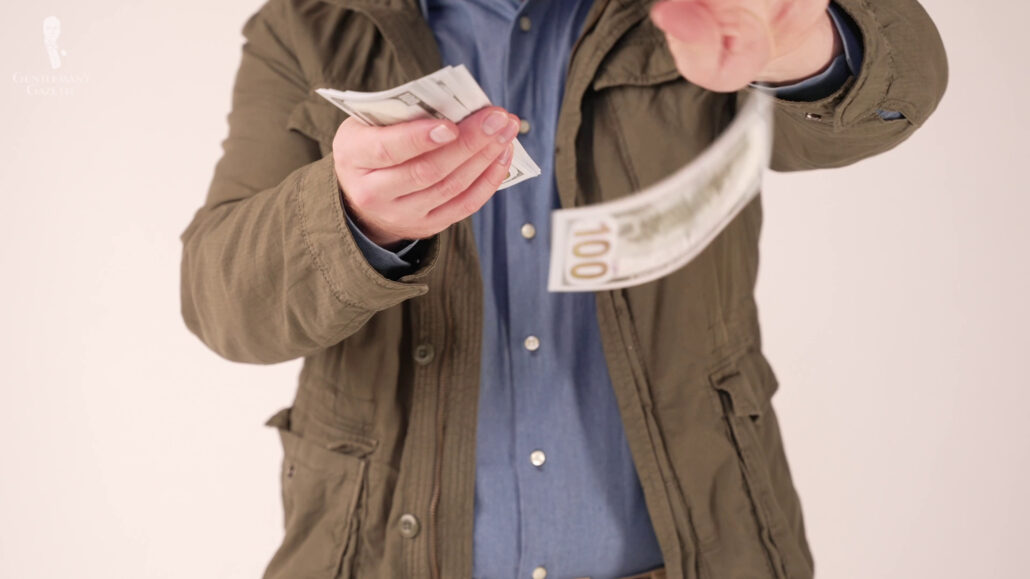
So, for most people who want to create a monochromatic look, but do it in an easier way, they’re simply going to gravitate more toward the grayscale and away from color.
Along these same lines then, number seven on our list is that plain colors are considered easy and safe.
7. Plain colors are considered easy and safe.
As fast fashion has grown in recent decades, many people have actually become overwhelmed with the number of clothing choices now available to them. After all, with the sticker prices of many garments being much cheaper than what they once were and cheaper than they probably should be, it can be easy to go overboard and stuff your wardrobe full of many garments in many different colors.
But, this can quickly lead to a fatigue of sorts where you become overwhelmed with the amount of clothing that you own and don’t wear, or you could get frustrated when trying to put together outfits if you’ve got too many options in your closet that are too hard to combine together well.
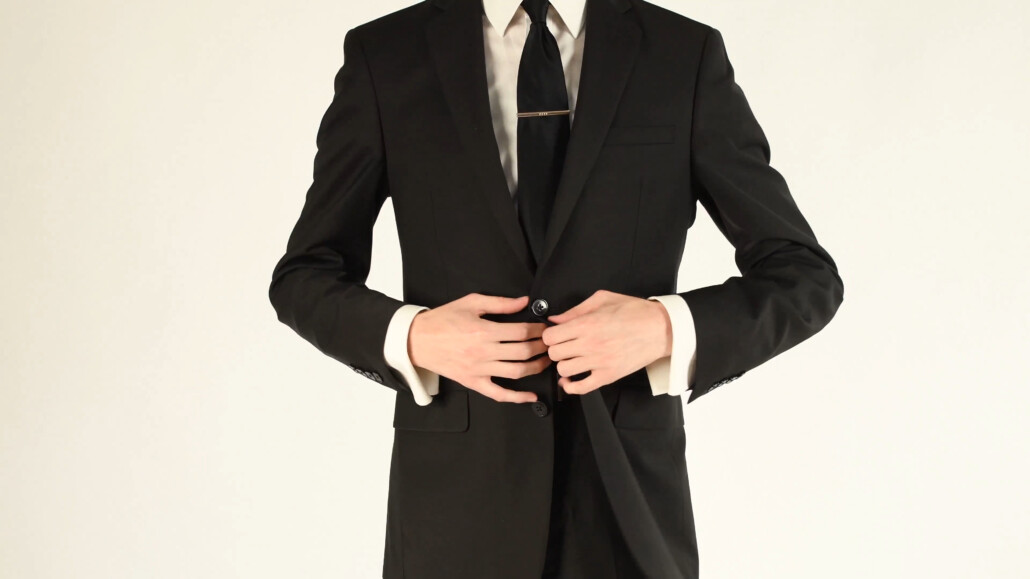
This can then lead to the assumption that it will be easier to create outfits if you just stick to plain and simple colors or even a lack of colors instead. And particularly for those looking to keep a lower profile, this can become an easy habit to fall into, leading to statements like “black does with everything.”
By the way, we disagree strongly with this particular assumption, and for more on why we think black is overrated, you can go here.
Still, most retailers offer a sea of dull and uninteresting clothing and frame their advertising around the general idea that “safe is good.” After all, retailers are in the business of making money so, if their numbers suggest that the majority of the populace wants boring clothes, then that’s what they’re going to sell.
This, by the way, is a similar phenomenon to what happened with long overcoats being seen as impractical in modern society, and that was another episode in our “Why Did Men Stop Wearing” series.
Why Did Men Stop Wearing Long Overcoats?
8. Contemporary men don’t know how.
With all of the underlying factors that we’ve already discussed today, it really shouldn’t come as a surprise that many men these days simply don’t know how to incorporate color into their outfits well and, as modern menswear has become increasingly casual, knowledge in this sphere just isn’t as readily available from as many sources.
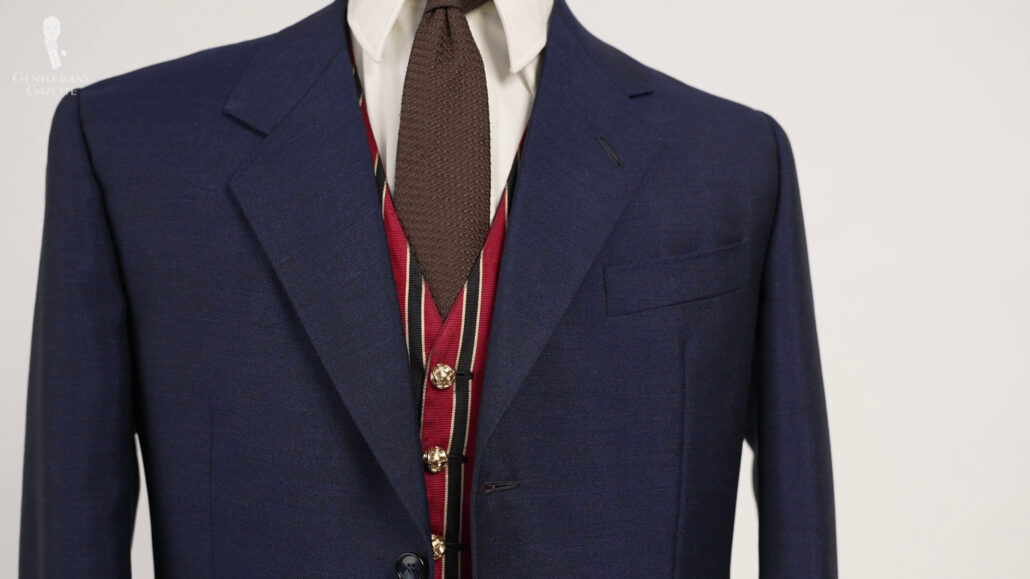
Again, because there is a basic learning curve to putting multiple colors and patterns together in an outfit, many men are somewhat scared to try. But, again, we do have you covered here at the Gentleman’s Gazette. So, outside of the occasional fashion trend prioritizing color that pops up, many men just aren’t exposed to putting a lot of color in their wardrobes and wouldn’t know how to even if they could.
Why We Still Love Color in Menswear
But, for those wanting to experiment with adding more color to their wardrobes, classic menswear is a great place to hook into this idea, and that brings us to why we still love wearing color today.
If you’ve been following us for a while now, it’s no secret that we here at the Gentleman’s Gazette love to incorporate color in our outfits. We feel that it’s one of the easiest ways to create unique and memorable ensembles that still fit within classic style.
Colors can also help to express an extension of your personality that nothing else can in quite the same way. As an example here, Frank Sinatra‘s favorite color was orange, and he would quite often incorporate it into his accessories or casual wear.
Color can also be a good way for you to stand out in a positive manner. Certain colors like emerald green, violet, maroon, or burnt orange are widely liked by many people, and they’ll go out of their way to compliment you if you’re wearing these colors.
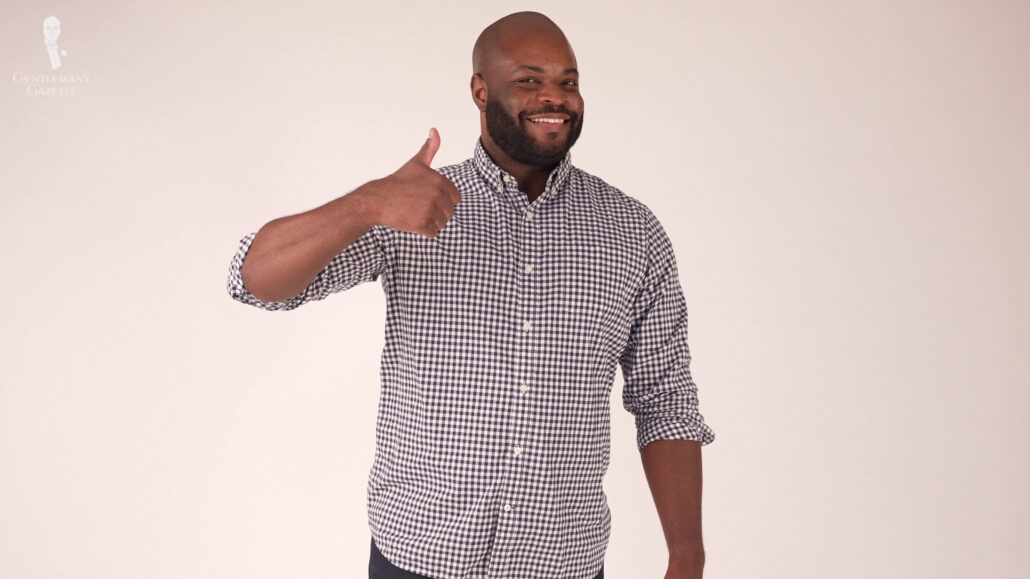
On that note, you can find out more in our guide about what the colors you wear say about you. And contrary to the modern trends we’ve discussed, incorporating more color into your outfits will actually be a more versatile option in the long run. This is because you can use pops of color in your garments and accessories when creating outfits to make it look like you own more clothing than you actually do through the number of different outfits you can create.
As an example of this, Preston personally challenges himself not to wear the exact same outfit twice and will often come up with a creative spin on the same basic outfit by using different colors of accessories. So, follow the Rolling Stones’ advice here and come in colors.
One Suit, 7 Looks – Make the Most of Your Menswear!
Conclusion
So, while the cyclical nature of fashion means that we’ve shied away from color in previous decades, color was definitely a staple of classic menswear, and you can still incorporate it into your outfits today without worrying. Including a dash of color in your accessories or even in your main garments is a long-supported tradition, and even if most people aren’t necessarily doing it today, you’ll just be able to stand out from the crowd for all the right reasons. Plus, this will ensure that you’re fully utilizing all of the different combinations available to you in your wardrobe to make all of your clothing go further.
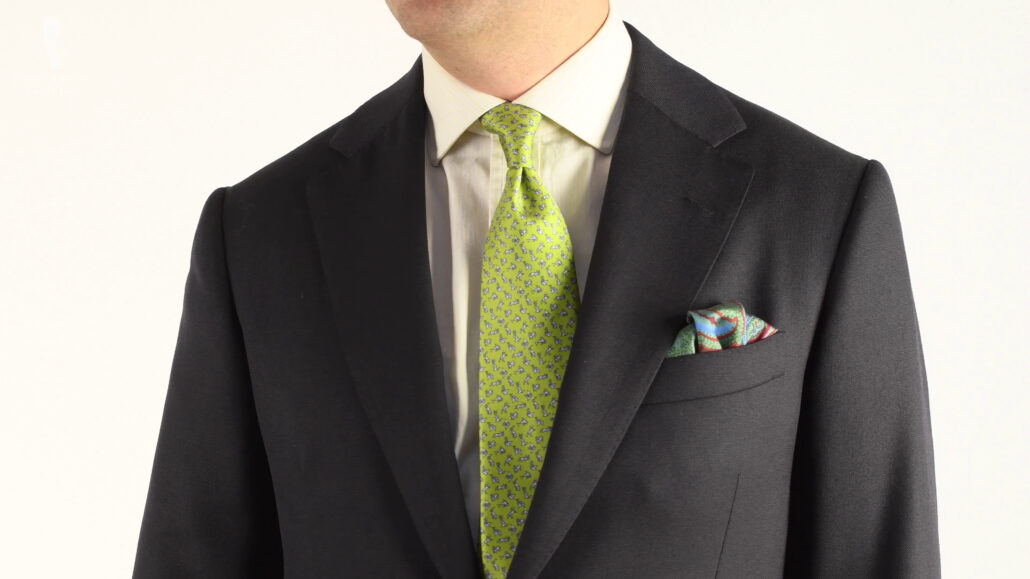
Finally, you shouldn’t be afraid of seeming unmanly or effeminate because you wear color in your ensembles, nor should you feel the need to confine yourself to labels or stereotypes. Men of all ages have been wearing colors for centuries and wouldn’t think twice about wearing a pink shirt or a purple tie. And remember, people of the distant past could only dream of having so many different colorful options available to them in their clothing, so take advantage of it.
Do you feel there’s a good use of color and clothing that we haven’t covered today? Let us know in the comments how you like incorporating color into your ensembles and if other factors should be coloring our thinking on this matter.
Outfit Rundown
Today, I’m wearing an outfit that, while casual, still does incorporate quite a bit of color. The central element, of course, is my V-neck sweater in a blood-orange color from Hawes & Curtis. I’m wearing it over a French cuffed shirt from Charles Tyrwhitt that features a checked pattern in orange, blue, green, and purple on a white ground. And while the shirt does have French cuffs, I’ve got them configured in a barrel style with simple black links today to fit under the sweater sleeves.
My trousers are plain brown, though they do have a warm reddish undertone to them to harmonize better with the tones of the sweater. My suede loafers are one of the bolder options in my wardrobe in an olive green color from Loake. We covered these in a roundup of dress shoes in the $100 to $300 range.
Rounding out my outfit today are my socks from Fort Belvedere in mid-brown featuring clock patterns in green and cream. And to go with the casual nature of today’s outfit, I’ve left the product out of my hair and let my beard grow a bit.
And, of course, you can find the socks I’m wearing here, along with a wide array of other classic men’s accessories in many colors, by visiting the Fort Belvedere shop.
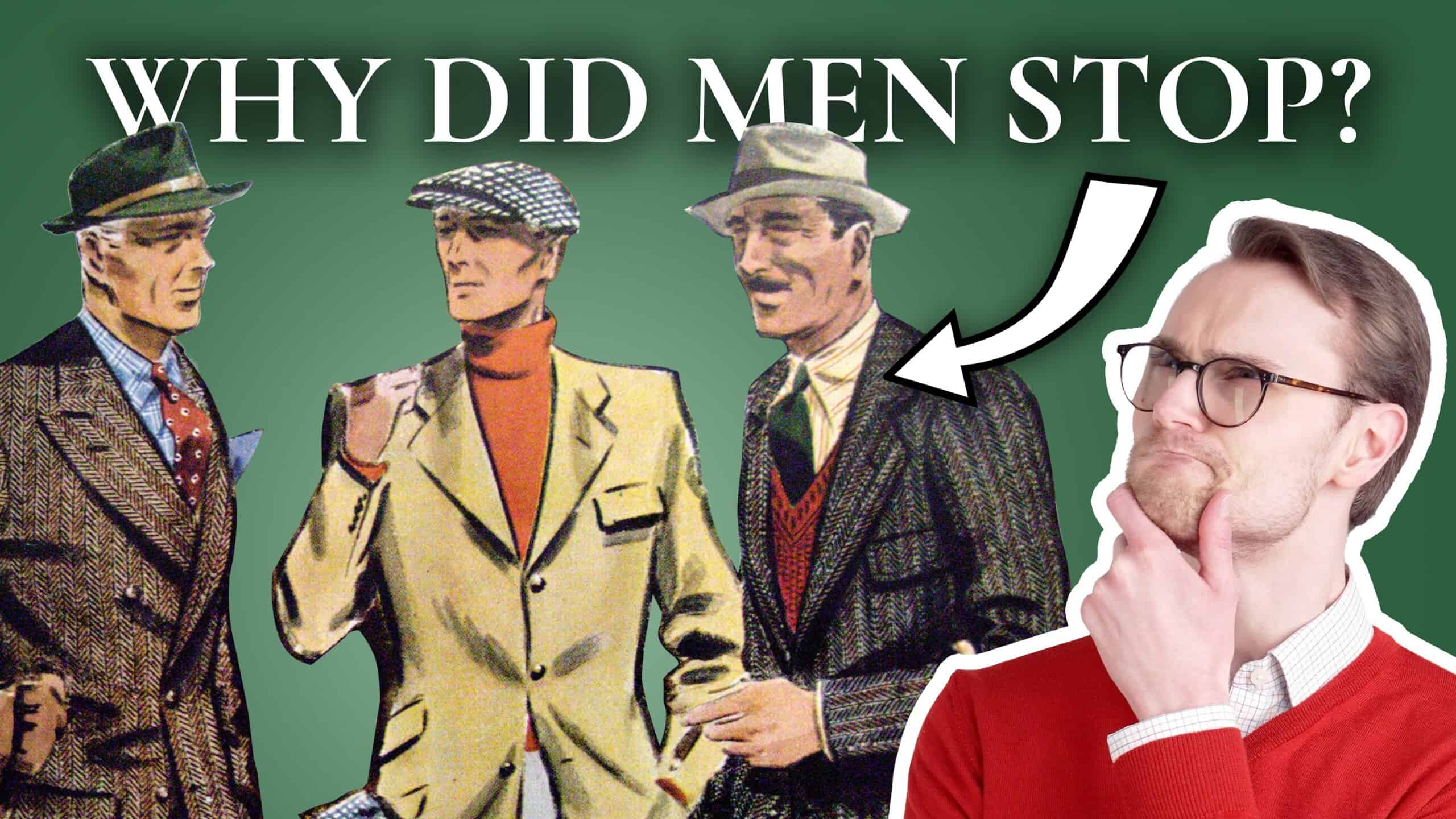

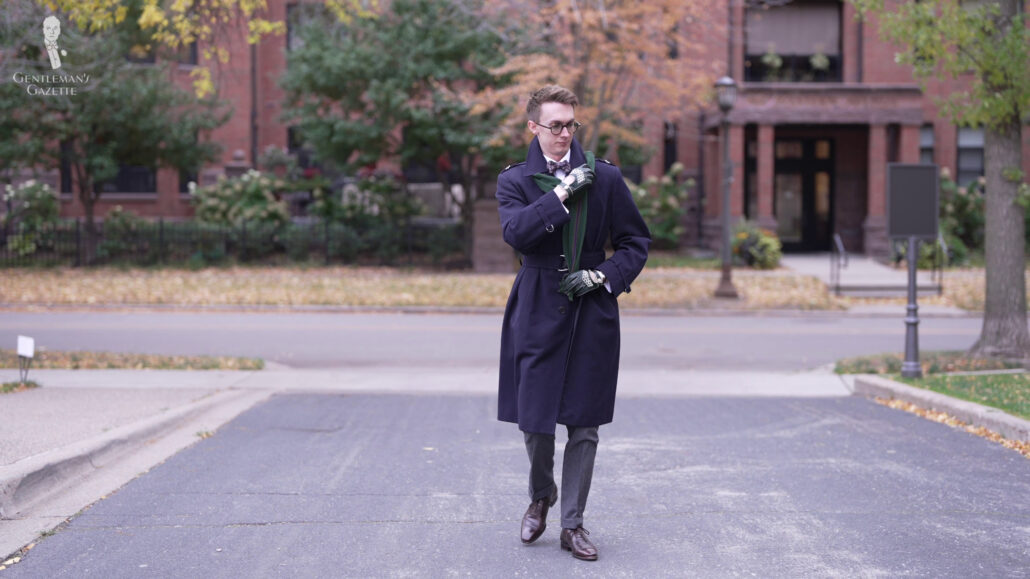
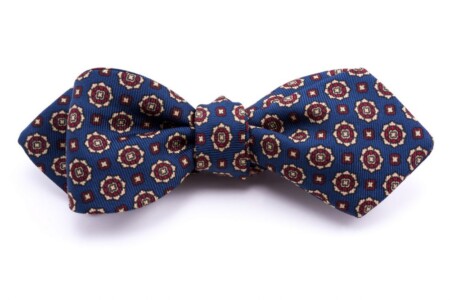
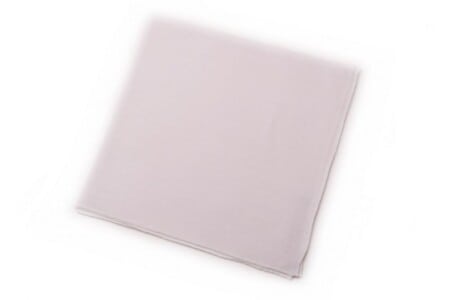
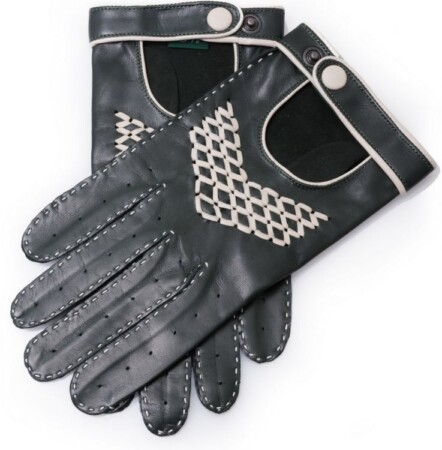
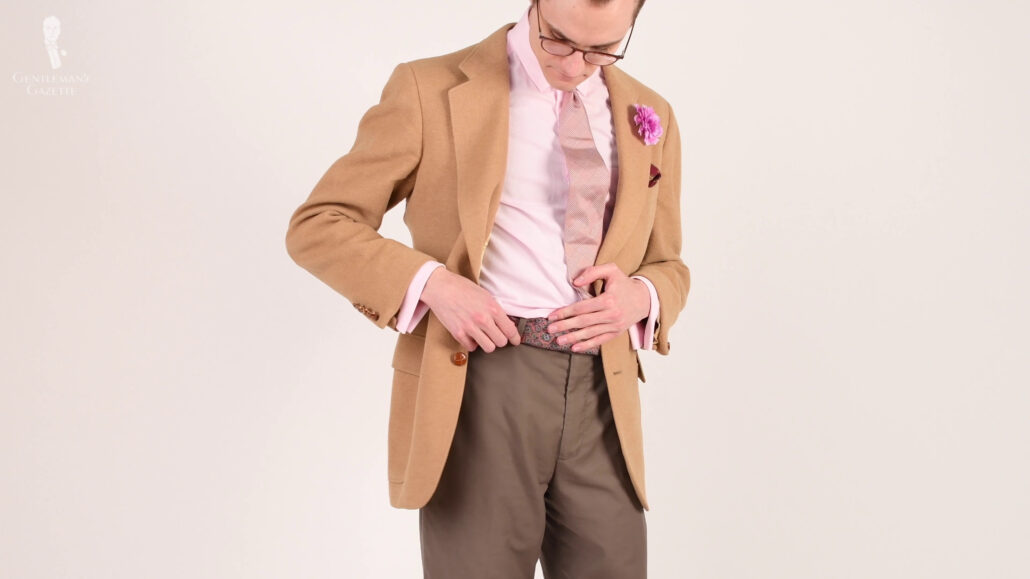
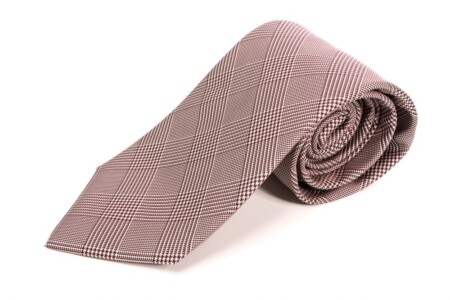
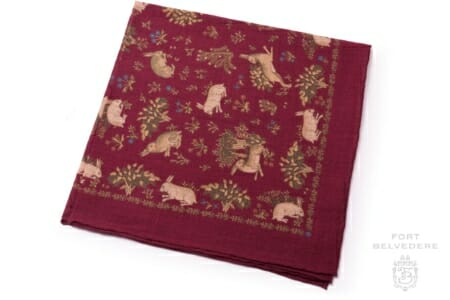



Nothing more ludicrous than men wearing nursery school, Crayola colors.
Not unless you’re one of The Wiggles. I can’t see the issue with having one bright piece as a kind of focal point in an outfit. Preston’s outfit in this video with the blood orange sweater (he also has an eggplant coloured one of a similar style that looks really good) being a perfect example of what I’m talking about.